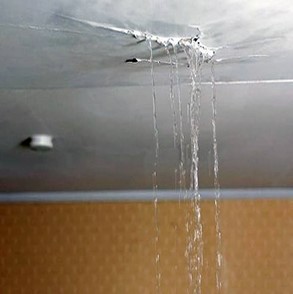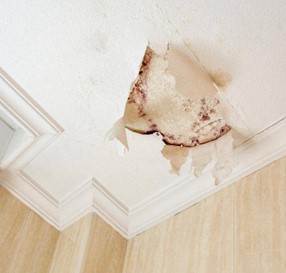Roof leaks are among the most common and troublesome issues faced by homeowners and building managers. While a small leak might seem like a minor inconvenience at first, if left unaddressed, it can escalate into major structural damage, mold infestation, and expensive repairs.
Understanding what causes roof leakage, the damage it can cause, and how to prevent or fix it is essential to maintaining a safe and comfortable living environment.
Causes of Roof Leakage
There are several reasons water might find its way through a roof, and in many cases, it’s a combination of factors. One of the most frequent causes is damaged or missing shingles. Shingles serve as the roof’s outermost protective layer against rain, snow, and wind. When they become cracked, curled, or are blown away, they expose the underlying materials to moisture, which quickly leads to leaks.

Faulty flashing is another common culprit. Flashing refers to the metal or rubber material that seals joints and edges around chimneys, skylights, vents, and roof valleys. If it is damaged, improperly installed, or deteriorates over time, it creates vulnerable points where water can seep in.
Clogged gutters can also lead to roof leaks. When gutters are filled with leaves, dirt, or debris, water is unable to drain properly. As a result, it may back up and overflow, finding its way under the roof’s edge and soaking the materials underneath.
Poor installation is a more preventable but equally damaging cause. If roofing materials are not properly installed, they may not provide adequate protection, leading to premature leakage even in relatively new roofs.
Aging is another inevitable factor. As roofs age, their materials naturally degrade due to constant exposure to the elements. UV rays, temperature fluctuations, heavy rain, and wind all contribute to the wear and tear that makes older roofs more prone to leaking.
In some cases, roof leakage is caused not by external damage but by internal moisture problems. Poor attic ventilation can lead to condensation forming beneath the roof, especially in cooler climates or during humid weather. This hidden moisture can eventually result in dampness and, ultimately, visible leaks.
Consequences of Roof Leaks
The consequences of an untreated roof leak can be severe and far-reaching. Structurally, water can weaken the roof deck, supporting beams, and even interior walls. Over time, this undermines the building’s stability and may lead to costly structural repairs.
Moist environments also create ideal conditions for mold and mildew to thrive. This not only damages surfaces but also poses serious health risks, particularly for people with respiratory conditions or allergies.
Roof leaks can affect energy efficiency as well. Wet insulation loses its effectiveness, causing heating and cooling systems to work harder. This can result in noticeably higher energy bills.
Visibly, roof leaks often manifest as stains on ceilings, peeling paint, warped drywall, and damaged flooring or furniture. These cosmetic damages are often just the surface symptoms of a deeper problem.
Additionally, water-damaged areas can attract pests. Damp wood and insulation provide ideal nesting grounds for termites, rodents, and other unwanted visitors, compounding the damage further.
Preventing and Fixing of Roof Leaks
Prevention is always the best strategy when it comes to roof maintenance. Regular inspections are critical ideally conducted twice a year and after severe storms to catch signs of damage before they escalate. Maintaining clean, functional gutters is equally important, as is trimming nearby tree branches to prevent damage during high winds or heavy rainfall.
Proper attic ventilation plays a key role in preventing condensation, while choosing high-quality, weather-appropriate roofing materials can extend the life of your roof and reduce the likelihood of leaks developing in the first place.
When leaks do occur, timely repairs are essential. Damaged or missing shingles should be replaced as soon as possible. Flashing should be resealed or replaced to eliminate gaps that allow water entry. Roof penetrations around chimneys, skylights, and vents must be carefully inspected and sealed properly. Roof valleys, where two slopes meet, are particularly prone to leaks and should be reinforced or repaired if damaged.
For extensive or unclear damage, it’s always best to consult a professional roofing contractor. Experts can conduct thorough inspections, identify less obvious issues, and perform repairs that are both safe and effective.
Conclusion
Although a leaking roof may appear to be a minor problem at first, it can lead to significant structural damage, health hazards, and financial costs if ignored. Preventive maintenance, regular inspections, and high-quality repairs are vital to extending the life of your roof and protecting your home. By staying proactive and addressing issues early, you can ensure that your roof continues to serve as a strong, reliable barrier against the elements for many years to come.

